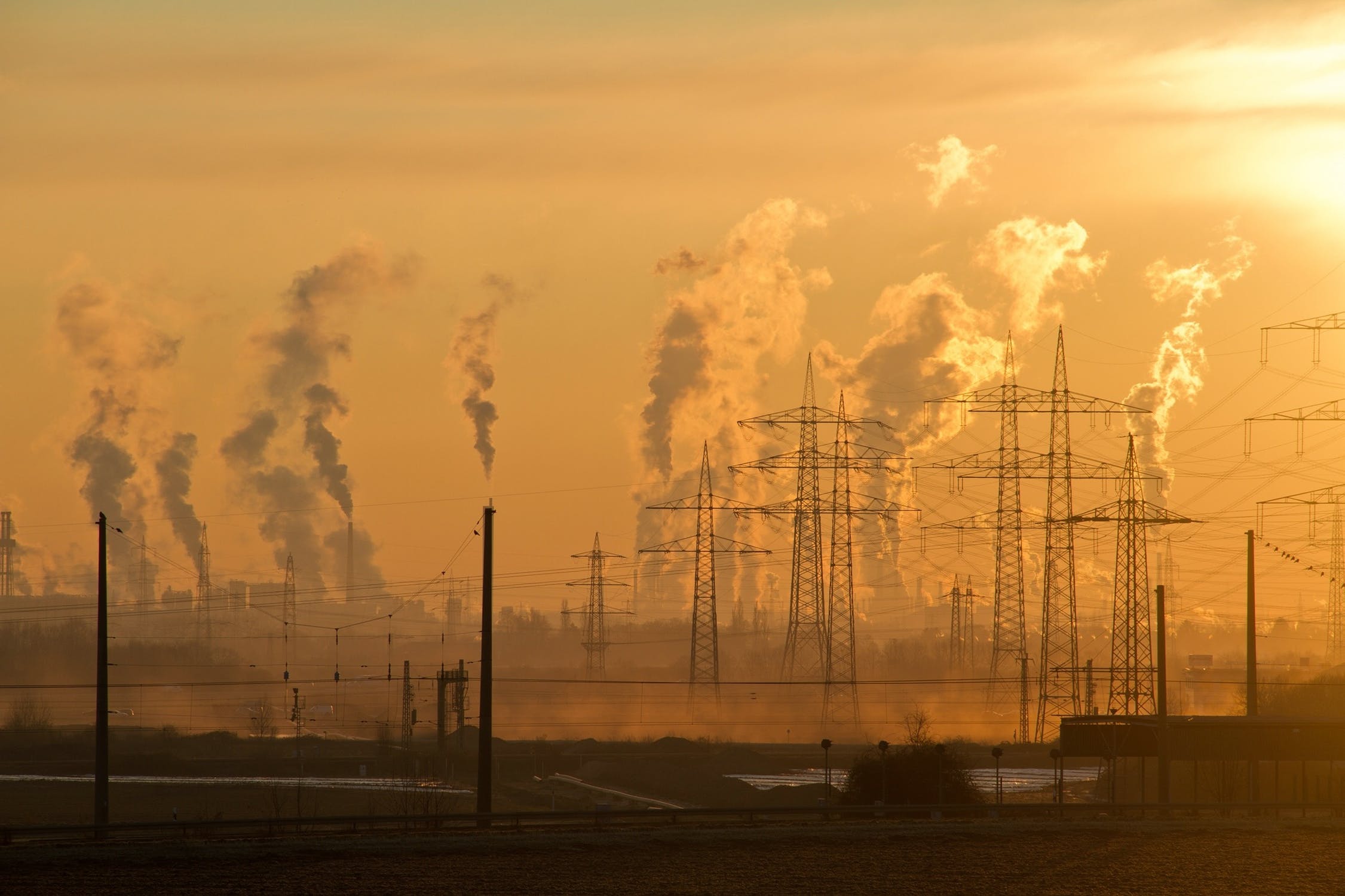What will happen after European climate legislation

The European Council has adopted European climate legislation. All eyes are on July 14, when Brussels releases the "Fit for 55" package of sizes
Yesterday, the European Council adopted European climate legislation, which sets targets for the reduction of EU greenhouse gas emissions by 2030 and 2050.
WHAT THE EUROPEAN UNION WILL DO ABOUT CLIMATE
The adoption of the Council, widely expected, follows the favorable vote of the European Parliament on 24 June last, which approved the agreement to cut emissions to 55% compared to 1990 levels by 2030. The legislation adopted provides for also that the European Union reaches climate neutrality – that is, the net elimination of emissions – by 2050, in order to subsequently achieve negative emissions.
To guarantee the commitment to cut emissions by 2030, the legislation introduces a limit of 225 million tons of carbon dioxide equivalent to the contribution of absorptions.
A NEW GOAL FOR 2040?
The European Commission will consider whether to propose a climate target for 2040, or an intermediate one between 2030 and 2050, within six months of the first global assessment carried out under the Paris Agreement, which aims to contain the increase in the earth's temperature by 1.5 degrees Celsius compared to pre-industrial levels.
By “balance sheet” we mean the indicative volume of net CO2 equivalent emissions emitted in the period 2030-2050 without compromising the commitments undertaken by Brussels.
A BALANCED AND JUST TRANSITION
In adopting European climate legislation, the Council underlined "the need to create a favorable framework that benefits all Member States and includes adequate tools, incentives, support and investments to ensure a transition [from fossil fuels to renewable, ed ] efficient in terms of costs, fair, socially balanced and equitable , taking into account the different national situations in terms of starting points ".
THE ENERGY MIXES OF MEMBER COUNTRIES
The energy mix of the European Union is composed on average of 36 per cent of oil, 21 per cent of natural gas, 15 per cent of coal, 15 per cent of renewable sources and 13 per cent of nuclear power. percent.
There is no homogeneity, however, between the energy mixes of the various member states. In Italy, for example, natural gas has a very significant weight: it is worth almost 40 per cent. In Poland, around 50 per cent of the mix is made up of coal. In France, nuclear power has a 40 percent stake. In Sweden, renewables occupy a share of 40 percent.
THE “FIT FOR 55” PACKAGE AND THE CARBON QUOTAS
All eyes are now on July 14, the date on which the European Union will present the "Fit for 55" package, that is the set of measures that should allow the achievement of the 55% emission reduction target in practice. to 2030.
S&P Global Platts , a portal specializing in energy issues, writes that the "Fit for 55" package will likely include a new configuration for the annual carbon limits set by the Emissions Trading System (EU ETS), the so-called "emissions market ".
According to Global Platts , the new limits will be more restrictive, in line with the 2030 target, and will result in less availability of carbon shares.
The allowance trading scheme could also be extended to include CO2 emissions from road and maritime transport (currently it concerns energy plants, industrial plants and aviation).
This is a machine translation from Italian language of a post published on Start Magazine at the URL https://www.startmag.it/energia/consiglio-unione-europea-normativa-clima/ on Tue, 29 Jun 2021 09:13:07 +0000.
